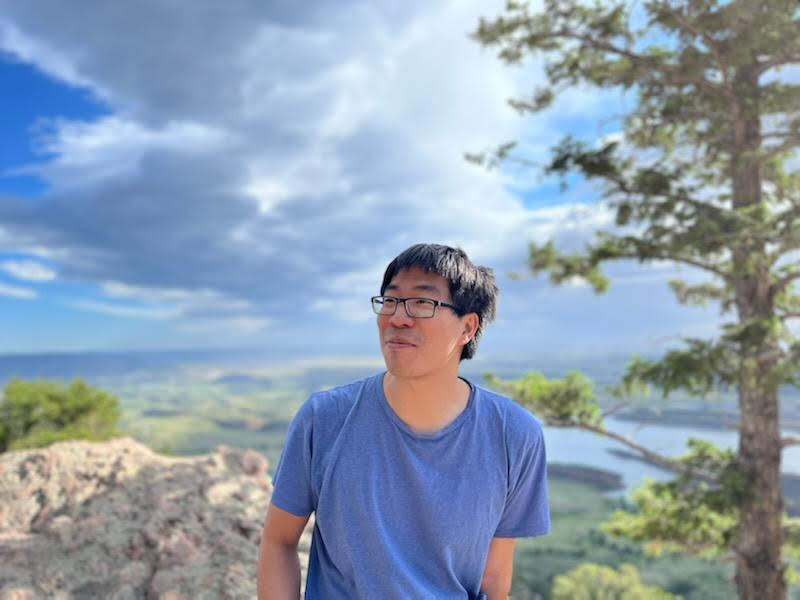The Krein Matrix and an Interlacing Theorem
Published in SIURO, 2014
Consider the linear general eigenvalue problem $Ay = \lambda By$, where $A$ and $B$ are both invertible and Hermitian $N \times N$ matrices. In this paper we construct a set of meromorphic functions, the Krein eigenvalues, whose zeros correspond to the real eigenvalues of the general eigenvalue problem. The Krein eigenvalues are generated by the Krein matrix, which is constructed through projections on the positive and negative eigenspaces of $B$. The number of Krein eigenvalues depends on the number of negative eigenvalues for $B$. These constructions not only allow for us to determine solutions to the general eigenvalue problem, but also to determine the Krein signature for each real eigenvalue. Furthermore, by applying our formulation to the simplest case of the general eigenvalue problem (where $B$ has one negative eigenvalue), we are able to show an interlacing theorem between the eigenvalues for the general problem and the eigenvalues of $A$.
Recommended citation: S. Auyeung, E. Yu (2014). "The Krein Matrix and an Interlacing Theorem." SIURO. Vol. 7. https://www.semanticscholar.org/paper/The-Krein-Matrix-and-an-Interlacing-Theorem-Shamuel-Yu-Kapitula/2cfb79dfc9f546e5d9277cdcaea4976f4c8221bd?p2df
